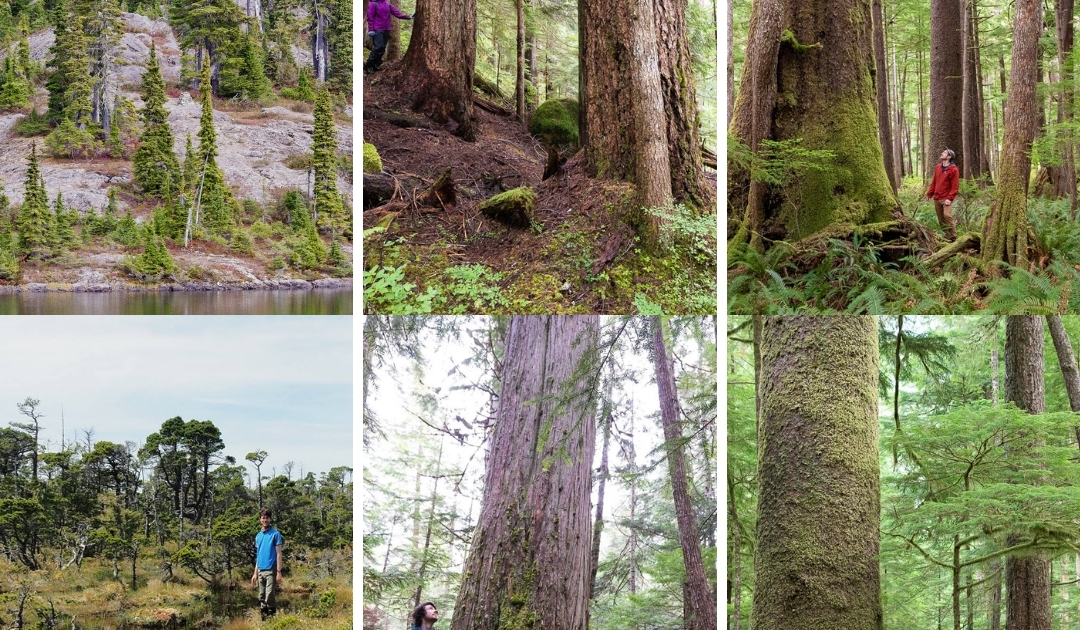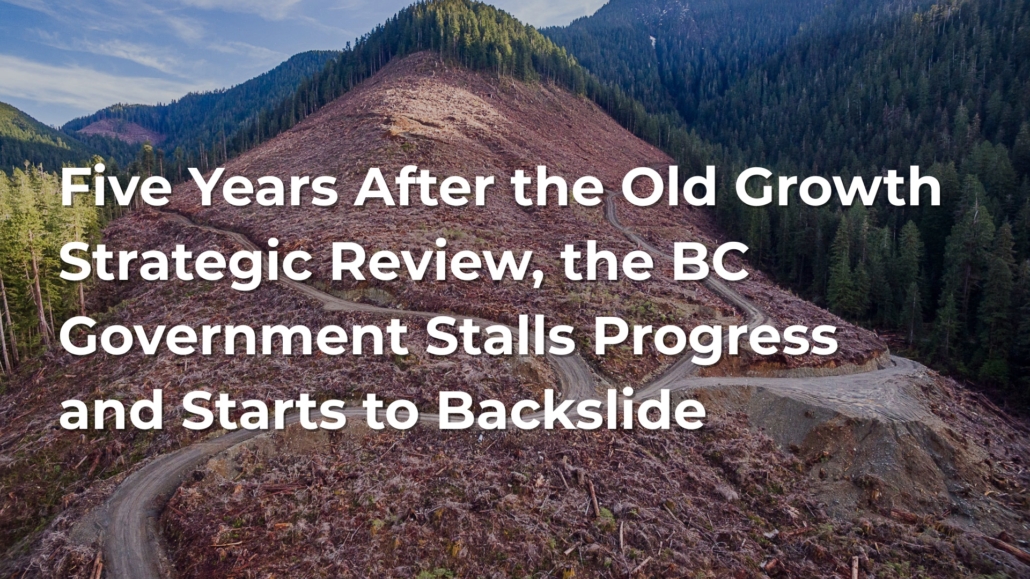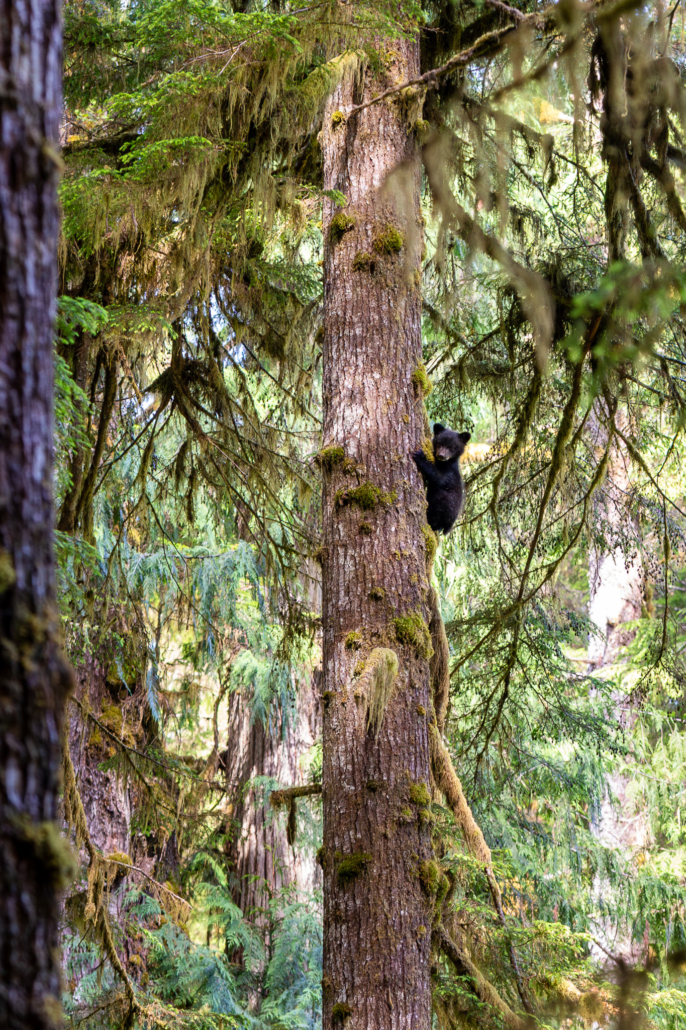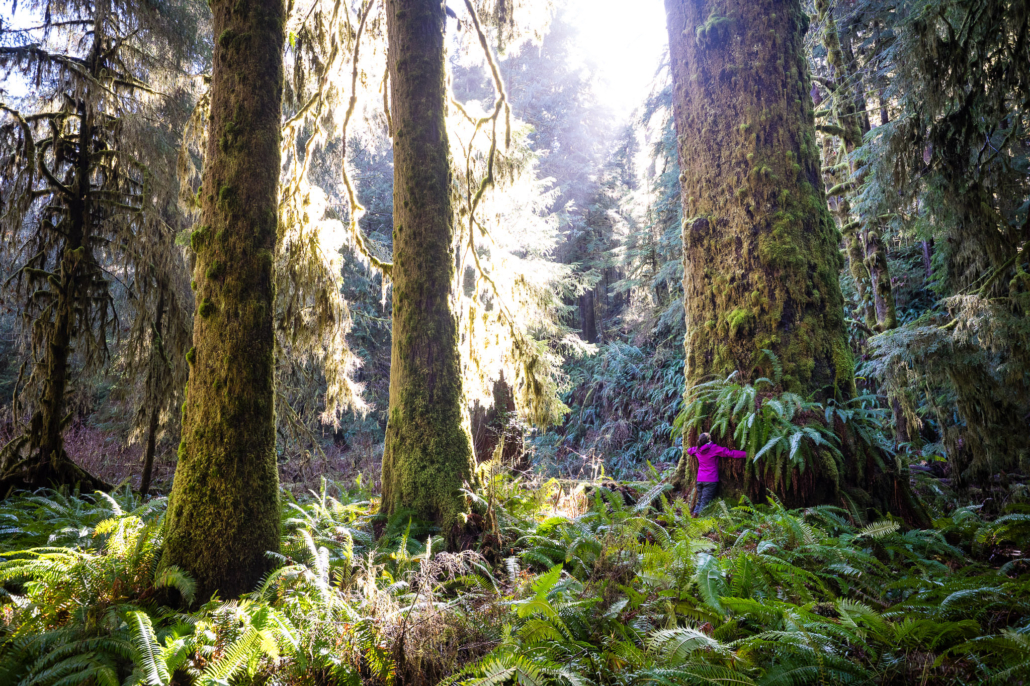 Feb 9 2024
Feb 9 2024What are “Forest Productivity Distinctions”?
“Forest Productivity Distinctions” and “Ecosystem-based Targets” are two phrases you’ve heard us use a lot, but what do they mean? And, why are they important regarding the Biodiversity and Ecosystem Health Framework (BEHF) and the greater conservation of BC’s natural spaces as a whole? Read on to learn more!
Ecosystem-based protection targets ensure the full diversity of ecosystems in BC receive the protection they need, rather than concentrating protection in certain ecosystems and largely excluding others.
“Forest Productivity” refers to the capacity of the forest to produce large trees, with the endangered, higher productivity forests generally featuring the giant ancient trees that BC is famous for.
High-productivity forests, as well as lower elevation forests, grasslands and wetlands in general, have the greatest concentrations of biodiversity, species at risk, salmon and fish-bearing streams, and areas of greatest cultural value to First Nations in the province. However, these same ecosystems have been disproportionately excluded from protection at the behest of industry.
Ecosystem-based targets used in conjunction with forest productivity distinctions ensure the ongoing expansion of protected areas in BC prioritizes the endangered, big-tree forests, rather than focusing protection on the boggy, subalpine, and tundra ecosystems of the province. The latter of which has been the status quo for decades.
The proposed BEHF is a first-rate opportunity to ensure these high-productivity forests get the protection they need and deserve.
If you haven’t yet, please send an instant message to political decision-makers (while the January 31st deadline to make a technical submission to the bureaucrats has passed, the elected BC Cabinet — the Premier and Ministers — ultimately decides the final version) to support strong ecosystem-based targets with forest productivity distinctions.
Flip through these slides to get a break-down of forest productivity distinctions and why they’re so important! And, visit our Instagram for more educational resources!






